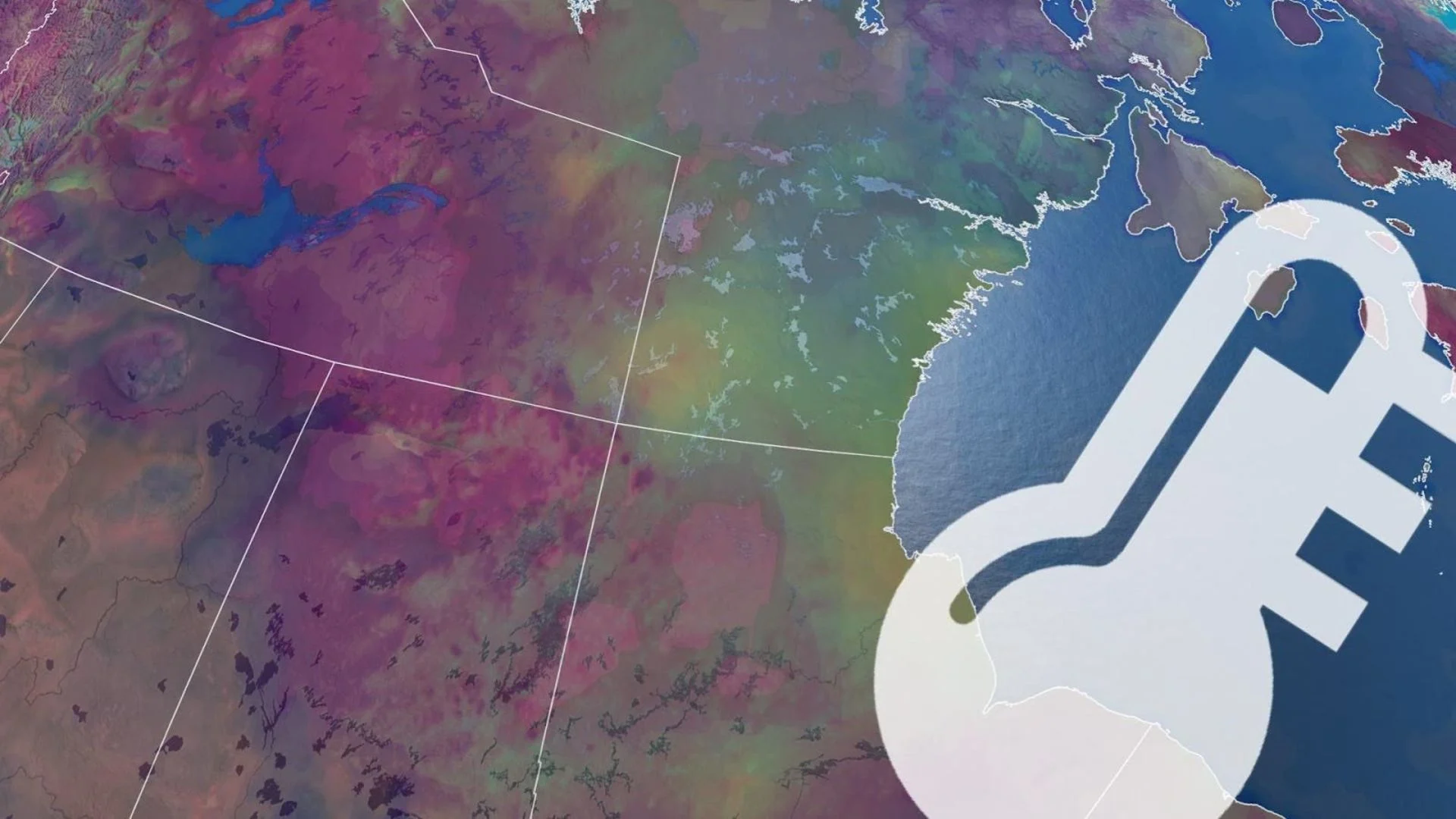
2023 ending with mind-boggling warmth in Canada’s frigid Arctic
Temperatures are nearly 30 degrees above seasonal in parts of the Arctic that should be in the midst of a deep freeze
Yellowknife celebrates the holidays in darkness.
Only about five hours of daylight shines in the sky to greet the 20,000 people who call the Northwest Territories’ capital home in the days after the winter solstice, plunging the community into 19 hours of darkness.
The lack of sunlight across the Arctic helps foster some of Earth’s coldest temperatures. Yellowknife’s seasonal daytime high on Boxing Day should hover around a frigid -18°C with a bone-chilling nighttime low of -26°C.
This year, however, the thermometer at the airport will climb to -2°C on Boxing Day, far above seasonal for the end of December and potentially smashing the daily record there by a few degrees. The day’s previous record high was -4.5°C back on Boxing Day 1991.
It’s not just Yellowknife experiencing this holiday torch. Communities across Canada’s Far North have witnessed a historically warm December so far, with average temperatures so warm that it’s affecting infrastructure and livelihoods across the region.
DON’T MISS: How the fastest-warming place on Earth copes with rapid glacial melt
Warmer-than-seasonal temperatures bathing the western half of Canada is nothing new during a winter dominated by strong El Niño conditions in the eastern Pacific Ocean.
Those unusually balmy ocean waters affect the jet streams over North America, building ridges that force above-seasonal temperatures as air warms up and dries out while it sinks toward the ground.

Our current El Niño is unlike any we’ve experienced in the past, though, and we can see its unique thumbprint in the vast expanse and depth of the above-average temperatures blanketing Canada so far this year.
Most of Canada’s population escaped a white Christmas this year, even though most major cities save for Vancouver have a better-than-even chance of snow on the ground for Santa’s visit.
Despite the winter starting off snowy in Montreal, abnormal warmth will push the city to set several lofty rainfall records by the turn of the month. Montreal is set to log its wettest December day, wettest winter day, wettest December, and wettest winter month on record.
But the most unsettling warmth is parked on the northern Prairies and across the territories.

RELATED: Report marks Arctic's warmest summer, highlights change in Northern Canada
Churchill, Manitoba, is on track to record its warmest December on record. The community on Hudson Bay has seen an average temperature of -7.6°C through Christmas Day, readily trouncing the previous record of -9.1°C witnessed in December 1991.
For some perspective, Churchill’s daily average temperature for December comes in around -20.9°C.
The drumbeat of temperatures coming in above-seasonal is a hallmark of our changing climate. Even the concept of “seasonal” itself changes along with the climate. Meteorologists and climatologists use 30-year rolling averages to calculate normals for stations around the world.
Churchill’s daily average temperature for December is -20.9°C during the 30-year period between 1991 and 2020. The community’s monthly average during the previous set of normals—1981 to 2010—was a degree colder at -21.9°C, and colder still at -22.8°C during the period between 1971 to 2000.
